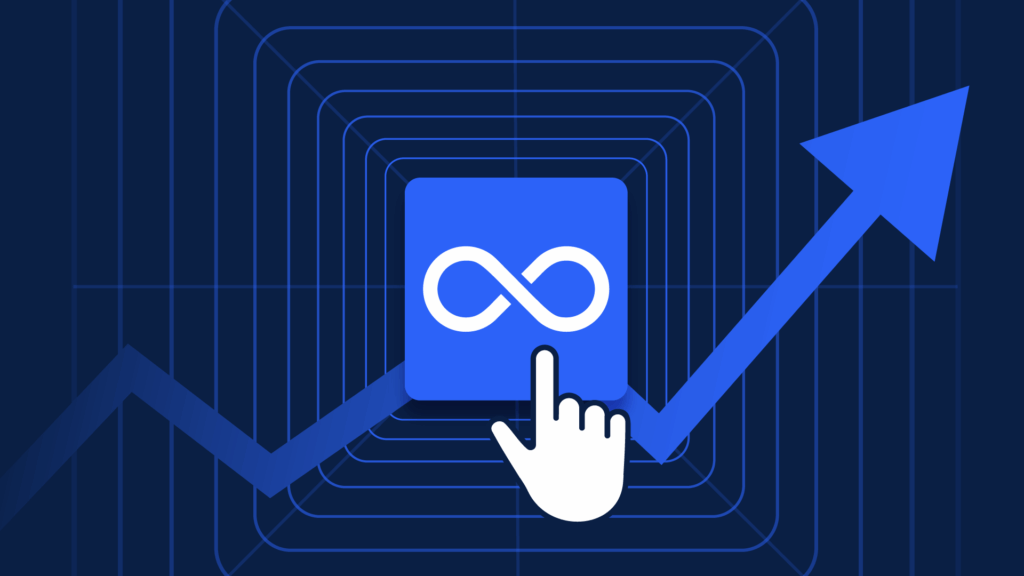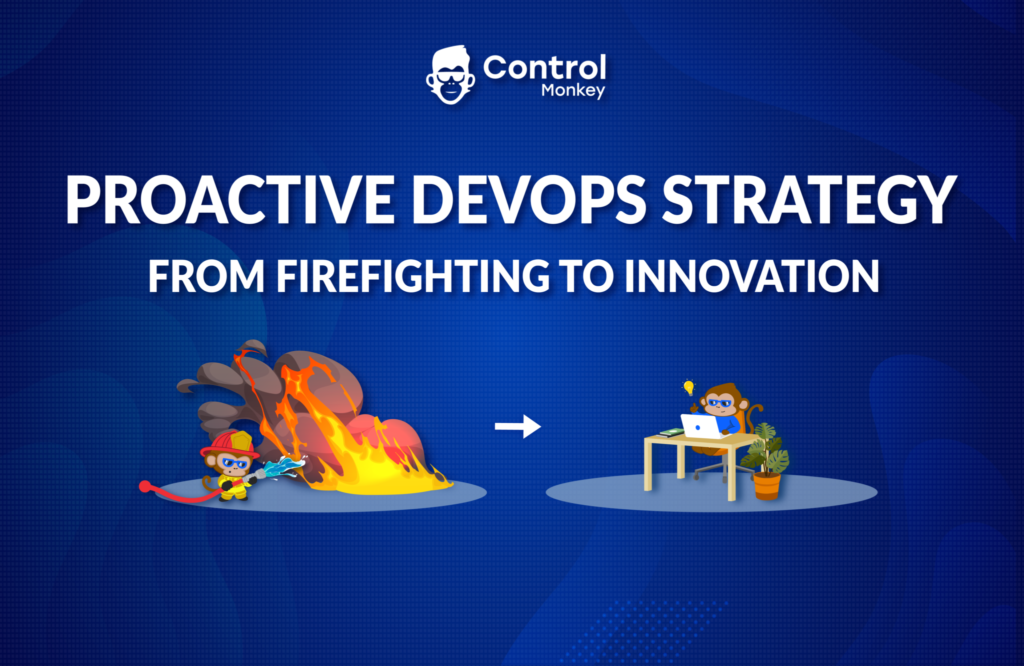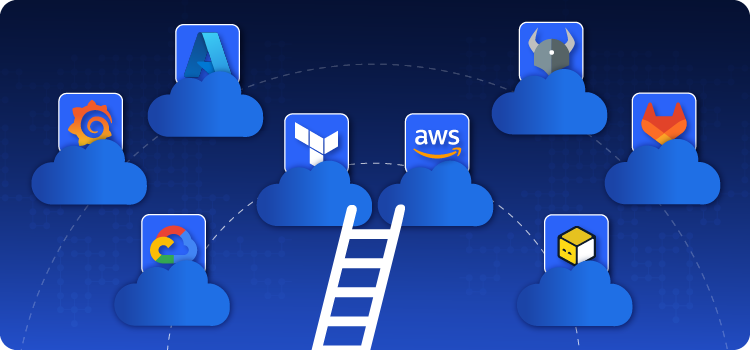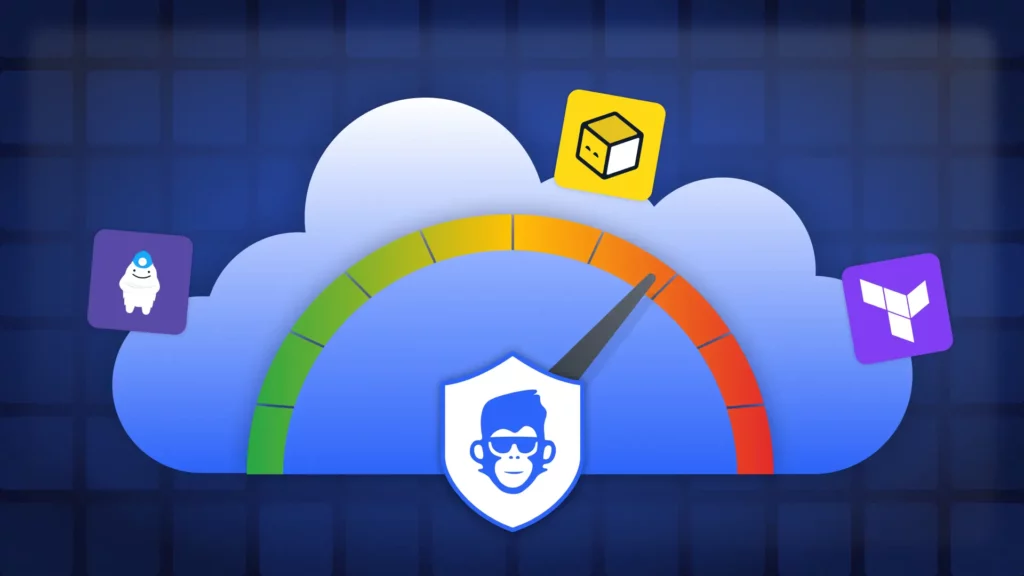Infrastructure-as-Code (IaC) has transformed cloud infrastructure and software deployment by substituting manual setup with automated workflows and ongoing deployment, enhancing scalability, uniformity, and agile delivery. As IaC gathers momentum, how do SRE vs DevOps roles stack up?
In this blog we review what each role entails, SRE vs DevOps differences, how they collaborate in IaC-driven environments, and how tools like ControlMonkey support both.
What Is a Site Reliability Engineer (SRE)?
The SRE role originated at Google to bring the software engineering discipline into operations. SREs focus on improving system reliability, their key responsibilities include:
- Defining and monitoring SLIs/SLOs: Tracking performance indicators to uphold availability and responsiveness.
- Reducing MTTD and MTTR: Balancing innovation with stability, determining how to detect and respond faster.
- Incident management: Owning postmortems, root-cause analyses, and incident response workflows.
- Reducing operational toil through automation: Eliminating repetitive manual tasks by codifying solutions and creating a knowledge base.
What Is a DevOps Engineer?
DevOps is both a culture and a technical discipline that bridges development and IT operations. DevOps engineers play a critical role in achieving faster release cycle and better deployment quality. The key responsibilities for this role include:
- Overseeing CI/CD pipelines: Building robust systems for continuous integration, delivery and shorter release cycles.
- Automating/building/testing/deploying workflows: From code commit to cloud deployment, everything is codified.
- Fostering development efficiencies: Through automation and provisioning
- Implementing Infrastructure-as-Code (IaC): Using tools like Terraform, Pulumi, and AWS CloudFormation for maintenance efficiencies

Where Do SRE vs DevOps Overlap and Differ?
While SRE is a defined engineering role, DevOps is a cultural and technical movement. Both rely on automation and code-driven practices, but their focus differs:
| Role | Primary Focus | Philosophy |
|---|---|---|
| SRE | Reliability, uptime, performance | Uses engineering to solve ops problems focusing on reliability-first |
| DevOps | Speed, delivery, collaboration | Streamlines development through automations and CI/CD practices |
Both roles aim to improve software delivery and reliability, but
- SREs focus on how systems behave under production conditions, lowering MTTD and MTTR
- DevOps focus on what gets shipped, how fast it gets delivered, development and maintenance efficiencies.
More about DevOps and SRE Career Paths
-
11 DevOps Books for Directors in 2025 →
Top DevOps books recememdned by Devops director of Comcast, Checkmarx, Winwards and more.
-
How to Become an SRE Manager →
Growth and Opportunities in SRE Manager Roles
-
How to Become a Director of Devops →
We’ll walk you through a possible DevOps career path, from DevOps Engineer to DevOps Director,
Problems SRE vs DevOps Are Designed to Solve
Delving deeper to understand what each role tackles:
| SRE Teams Solve Problems Like: | DevOps Teams Solve Problems Like: |
|---|---|
| Ensuring service reliability and consistent uptime | Accelerating time-to-market for new features |
| Reducing operational toil via engineering solutions | Breaking communication silos between development and operations |
| Managing error budgets and enforcing SLOs | Automating and securing deployment pipelines |
| Incident detection, response, and blameless postmortems | Managing IaC across multi-cloud and hybrid environments |
| Building scalable systems that maintain performance under load | Enabling continuous integration and delivery |
SRE vs DevOps: Key Differences in IaC & Operations Strategy
IaC is a unifying force across both roles, but they use it differently.
DevOps engineers typically implement and maintain IaC frameworks and CI/CD pipelines, often collaborating with SREs on reliability guardrails and deployment validation.
SREs focus on ensuring IaC-provisioned systems meet SLOs and maintain reliability under production load.
For example: when a Terraform deployment causes a service issue, DevOps engineers handle the pipeline and IaC remediation, while SREs analyze the incident’s impact on availability and feed insights back into release policies
From a metrics perspective they measure different aspects:
DevOps metrics emphasize:
- Delivery speed, automation and efficiency.
- Deployment frequency, lead time for changes, change failure rate, mean time to restore (MTTR).
SREs metrics emphasize:
- System stability, reliability, uptime and user experience.
- SLO attainment, error budgets, availability %, and incident response time.
DevOps vs SRE Tool Usage & Priorities
| Category | Tools Used | DevOps Focus | SRE Focus |
|---|---|---|---|
| Infrastructure as Code (IaC) | Terraform, CloudFormation, Ansible | Automate provisioning and deployment | Ensure reproducibility, consistency, and system resilience |
| CI/CD Pipelines | Jenkins, GitHub Actions, GitLab CI | Build, automate, and deploy software | SREs rely on CI/CD pipelines mainly for controlled rollouts and post-deployment validation, not day-to-day release automation |
| Observability & Monitoring | Prometheus, Grafana, Datadog | Used for visibility but not central to delivery pipelines; DevOps may set up dashboards or basic alert | Deep observability, alerting, and ensuring SLIs/SLOs |
| Incident Response & Postmortems | PagerDuty, Opsgenie | Occasionally assist during incidents | Lead incident response, root cause analysis, and postmortems |
| IaC Automation & Governance Platform | Controlmonkey | Streamlines Terraform pipelines and integrates GitOps-based delivery for faster, compliant provisioning. | Provides IaC drift detection, policy enforcement, and audit-ready visibility into infrastructure reliability. |
How SRE and DevOps Collaborate
At the end of the day both roles must collaborate and work closely together in IaC environments, combining both automation and reliability.
DevOps engineers focus on efficient provisioning and deployment pipelines, while SREs embed resilience, observability, and risk mitigation into those same workflows.
Together, they ensure infrastructure is delivered quickly but also operates reliably under real-world conditions. Whether it’s spinning up Kubernetes clusters or deploying serverless apps, IaC allows both roles to work together more cohesively.
SREs vs DevOps Powered by ControlMonkey
ControlMonkey is a powerful centralized platform for SREs and DevOps teams to collaborate using Terraform and GitOps.
ControlMonkey provides a shared automation layer where DevOps can codify infrastructure while SREs gain drift detection, compliance validation, and visibility into IaC reliability. DevOps benefit from streamlined CI/CD automation via GitHub and GitLab, while SREs gain reliability through environment drift detection and IaC consistency.
If you are ready to empower both SRE and DevOps workflows? Let’s dive deeper into ControlMonkey’s platform and see how it fits your requirements. Want to see it in action? Request a demo today.ansition from DevOps to DevSecOps. Ready to learn more? Request a demo now.




